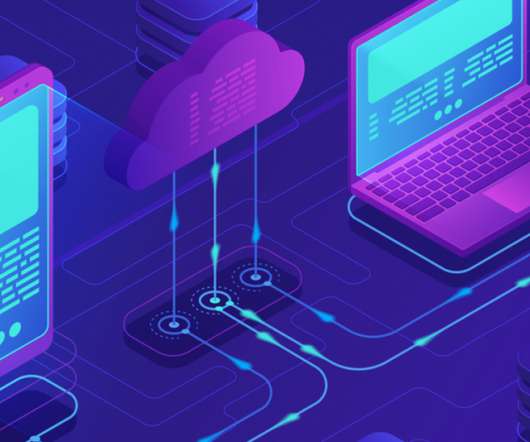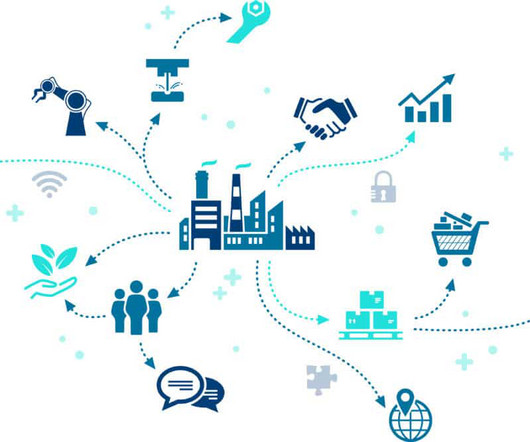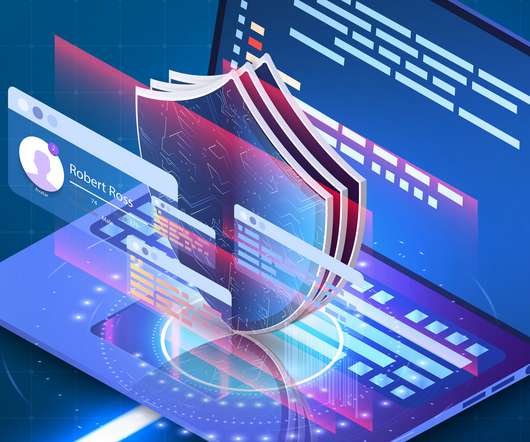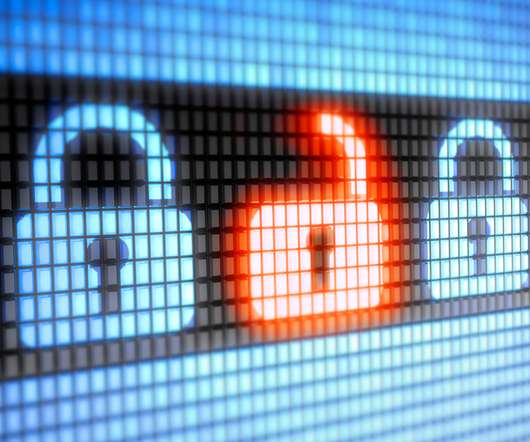Edge computing: The architecture of the future
CSO Magazine
OCTOBER 12, 2021
To fully digitize the last mile of business, you need to distribute compute power where it's needed most -- right next to IoT devices that collect data from the real world.

CSO Magazine
OCTOBER 12, 2021
To fully digitize the last mile of business, you need to distribute compute power where it's needed most -- right next to IoT devices that collect data from the real world.

eSecurity Planet
OCTOBER 18, 2021
Machine identities now outnumber humans in enterprises, according to Nathanael Coffing, co-founder and CSO of Cloudentity. Coffing notes that the recently discovered ThroughTek Kalay vulnerability compromised 83 million IoT devices , which better machine identity management could have prevented. Zero Trust Architecture.
This site is protected by reCAPTCHA and the Google Privacy Policy and Terms of Service apply.

The Security Ledger
JUNE 29, 2023
The post Episode 251: Kry10 CEO Boyd Multerer on building a secure OS for the IoT appeared first on The Security Ledger with Paul F. Related Stories Episode 250: Window Snyder of Thistle on Making IoT Security Easy Forget the IoT. billion active IoT endpoints. Click the icon below to listen.

SC Magazine
MAY 19, 2021
My experience implementing Zero Trust has shown me that, while the process to implement a complete architecture takes time, the transformation is worth the effort and the benefits will be realized throughout the journey. James Carder, LogRhythm CSO. What is Zero Trust?

CyberSecurity Insiders
NOVEMBER 16, 2021
While in past years, InfoSec was previously the focus and CISOs were the norm – we’re moving to a new cybersecurity world order that expands the role of the CISO to a CSO (Chief Security Officer). Manufacturing is a prime area for disruption with the increase in the number of IoT devices during the pandemic.

CSO Magazine
FEBRUARY 1, 2021
This is a critical step since it will drive the bulk of the policy decisions in your architecture. The architecture will define how much of your ZTA is made up of software-defined perimeters, micro-segmentation, or governed by identity.

SecureWorld News
JUNE 20, 2024
Due to the quick adoption of new technologies like cloud computing and IoT, security teams are faced with even more security challenges." Randy Watkins, CTO at Critical Start, said: "Burnout happens across all levels of cybersecurity.
Let's personalize your content